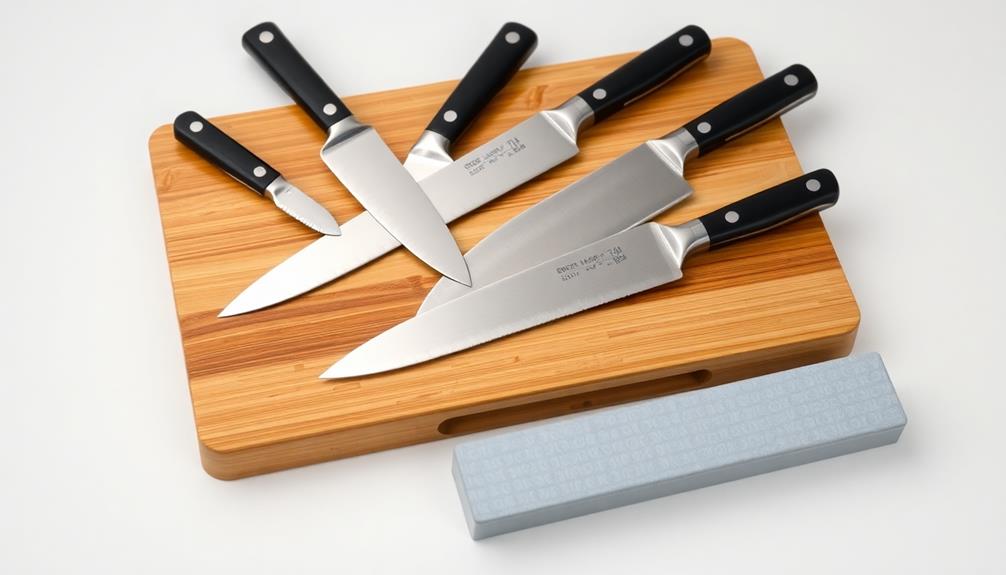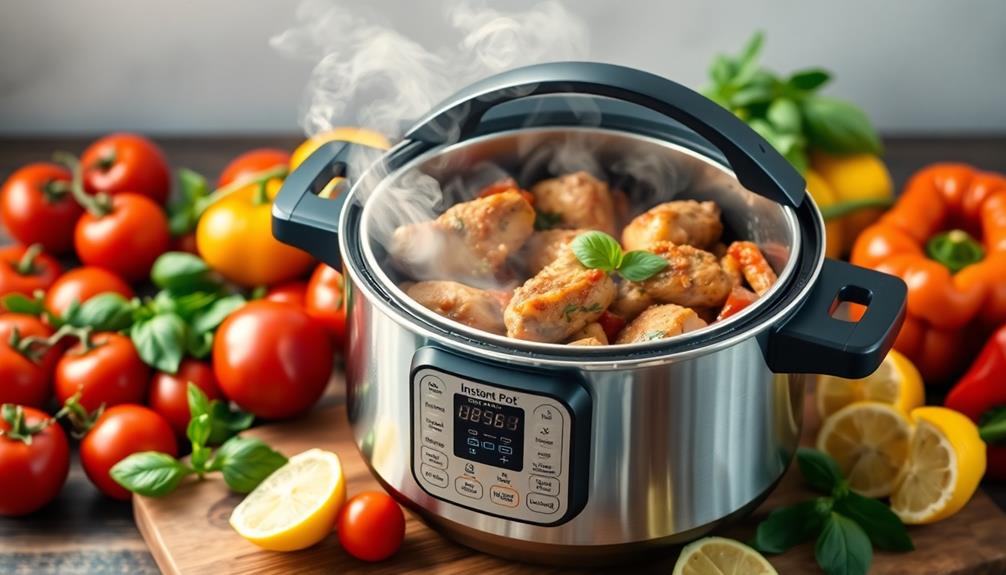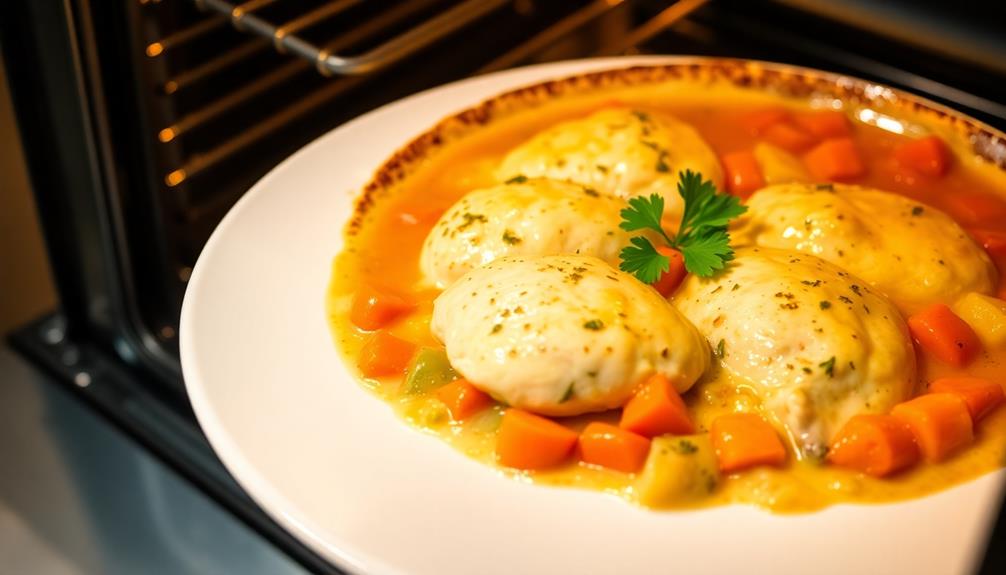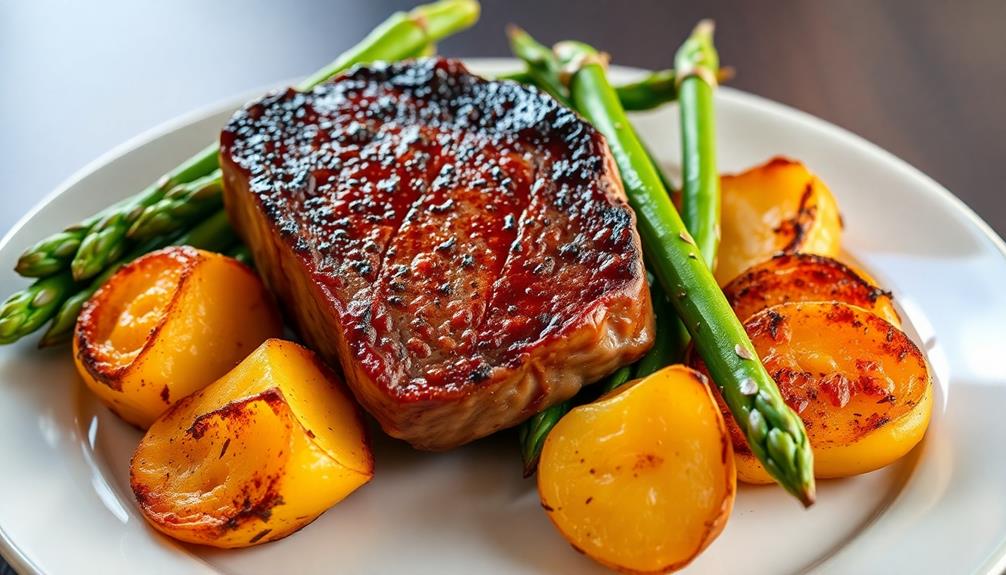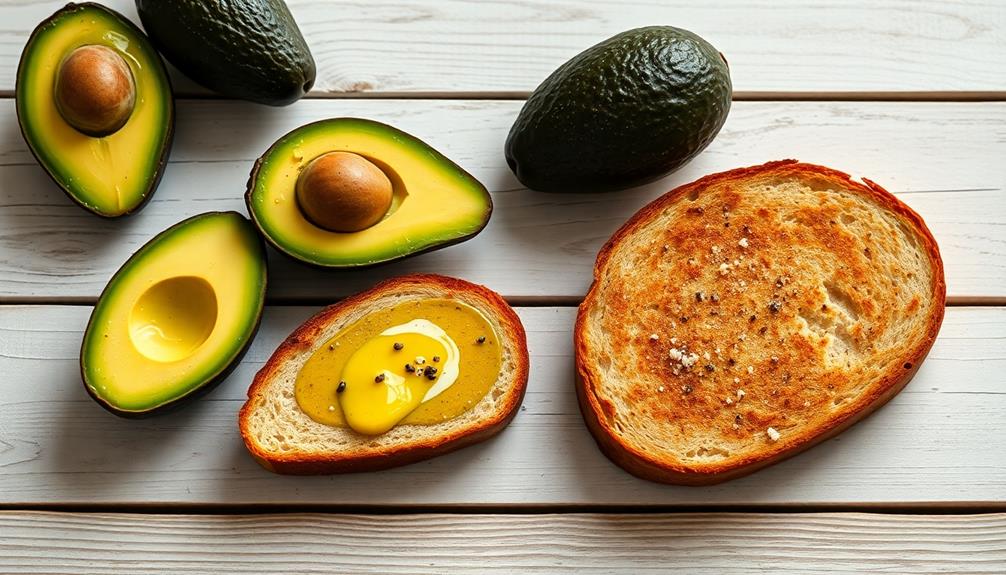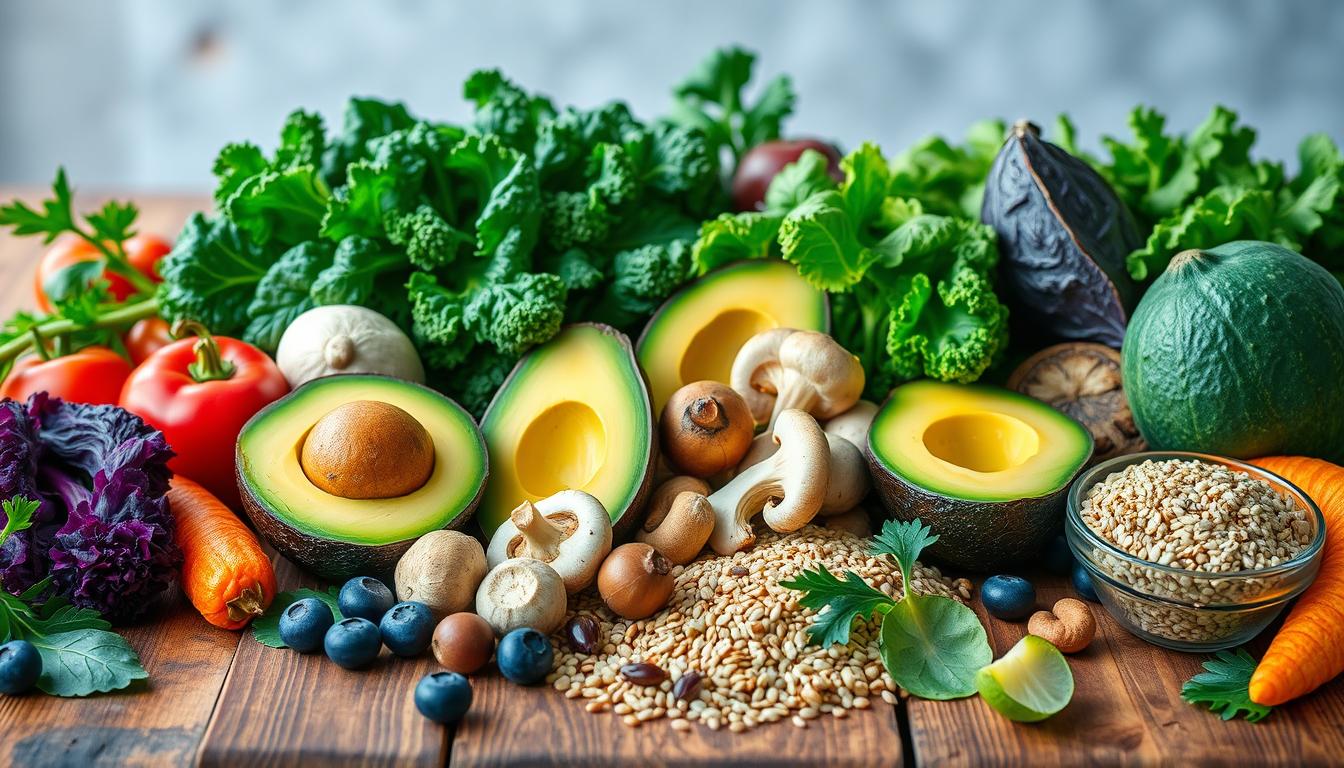Knife sharpening's been around forever – even ancient Egyptians knew how important it was! Your knives are your most crucial kitchen tools, so you'll want to keep them in tip-top shape. Whetstones, gentle pressure, and a consistent angle are the keys to sharpening like a pro. After, clean off any metal bits, wipe it down with oil, and you're all set. Regular honing and maintenance mean your knives will last for years. Taking good care of your blades makes cooking a breeze and way more fun. Ready to take your skills to the next level?
Key Takeaways
- Proper knife sharpening techniques, including the use of whetstones, ensure professional-level blade edges and reliable cutting performance.
- Regular honing and cleaning after each use prolong the lifespan of kitchen knives and maintain their sharpness.
- Consistent sharpening angle and the absence of burrs on the blade are crucial for maintaining optimal edge sharpness.
- Quality knives, when properly maintained, serve as essential and trustworthy kitchen tools that enhance cooking efficiency and enjoyment.
- Committing to basic knife care practices, such as proper storage and periodic professional sharpening, results in reliable and long-lasting kitchen companions.
History
Knife sharpening has, for centuries, been an essential skill in both culinary and industrial domains. From the ancient Egyptians who used sharpening stones to keep their blades keen, to the skilled blacksmiths of medieval Europe who forged and honed the weapons of knights, the art of sharpening has a rich and fascinating history.
In the kitchen, chefs have long relied on sharp knives to efficiently slice, dice, and chop their ingredients. A well-sharpened blade not only makes food preparation faster and easier, but it also helps to preserve the delicate flavors and textures of the ingredients.
Outside the kitchen, sharpening has been crucial for tradespeople, from carpenters and woodworkers to landscapers and mechanics, who rely on sharp tools to get the job done right.
Today, the tradition of knife sharpening lives on, with a variety of techniques and tools available to help keep your blades in top condition. Whether you prefer the classic whetstone or the convenience of an electric sharpener, the art of sharpening remains an essential skill for anyone who values a sharp, reliable edge.
Recipe
Knife sharpening is an essential skill for any home cook or professional chef. A sharp knife not only makes food preparation easier and more efficient, but it also improves safety by reducing the risk of slips and cuts. In this recipe, we'll guide you through the process of sharpening a knife using a whetstone, a time-honored method that ensures a razor-sharp edge.
Whetstones, also known as sharpening stones, are the preferred tool for serious knife enthusiasts. These natural or synthetic stones come in a variety of grits, from coarse to fine, allowing you to both sharpen and hone your blade. The process may take some practice, but with the right technique, you can achieve a professional-level edge on your knives.
Ingredients:
- Whetstone (preferably a combination stone with coarse and fine grits)
- Knife to be sharpened
- Water for lubricating the stone
Instructions:
Soak the whetstone in water for about 10-15 minutes before use. This helps to create a slurry that aids the sharpening process.
Place the stone on a stable surface, such as a damp towel or non-slip mat, to prevent it from moving during sharpening. Hold the knife at a consistent 20-30-degree angle to the stone and apply gentle pressure as you move the blade across the surface, alternating between the left and right sides.
Repeat this process, moving from the coarse to the fine grit, until you achieve the desired sharpness.
When sharpening, it's important to maintain a consistent angle and apply even pressure throughout the stroke. Take your time and avoid rushing the process, as this can lead to an uneven edge.
After sharpening, be sure to clean and dry your knife thoroughly to prevent rust. With regular maintenance using a whetstone, your knives will stay sharp and reliable for years to come.
Cooking Steps
Before you start cooking, you'll want to make sure your knife is razor-sharp.
First, carefully clean the blade to get rid of any food or debris.
Then, use a sharpening stone to hone the edge, keeping the angle consistent as you work.
Remember to hone the blade gently – you don't want to damage the metal.
With a little care, your knife will be slicing and dicing like a pro in no time!
Step 1. Carefully Clean the Knife Blade
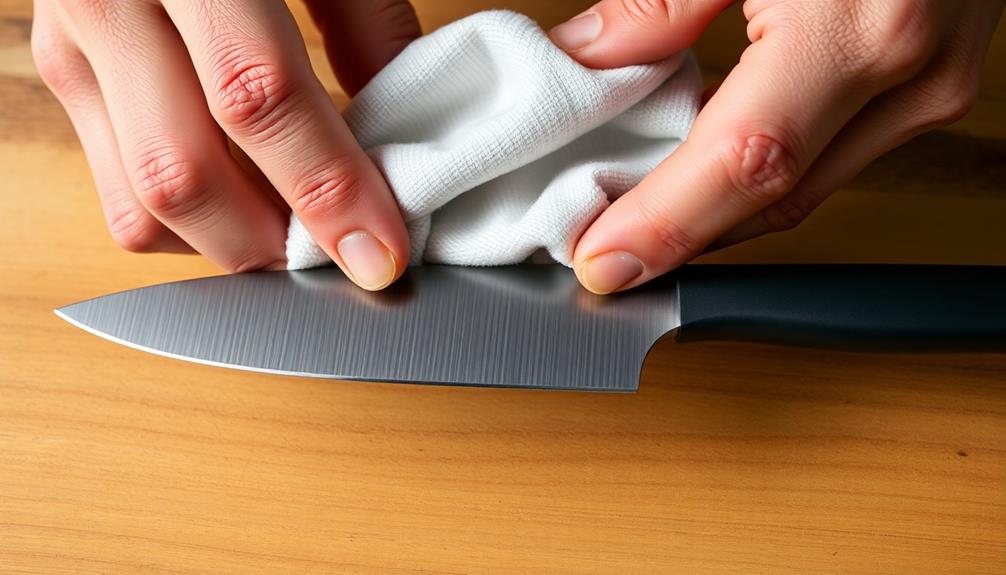
Once you've finished sharpening your knife, it's important to carefully clean the blade. Start by rinsing the knife under warm, soapy water. This will remove any metal filings or debris left over from the sharpening process.
Gently scrub the blade with a soft-bristled brush, making sure to get into all the nooks and crannies. Rinse the blade thoroughly until the water runs clear, then dry it completely with a clean, lint-free cloth.
Next, use a small amount of food-safe mineral oil or knife polish to wipe down the entire blade. This will help protect the metal and keep it from rusting. Be sure to get the oil or polish into the joints and along the spine of the blade.
Once you're done, give the knife a final wipe-down with a clean cloth to remove any excess.
Cleaning your knife properly after sharpening is crucial for maintaining its razor-sharp edge and ensuring it's ready for your next culinary adventure. With a little care, your knife will stay in tip-top shape for years to come.
Step 2. Use a Sharpening Stone
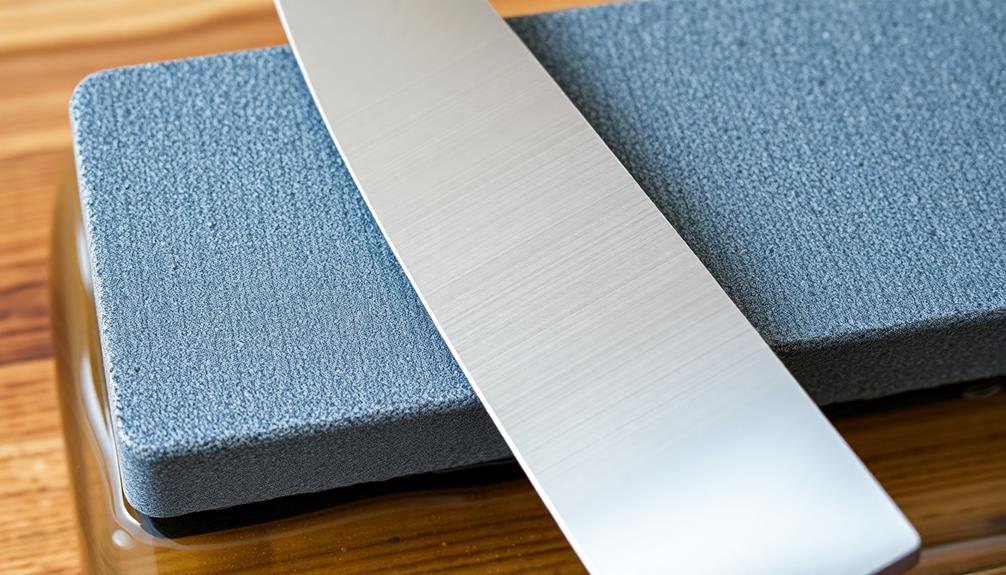
To sharpen your knife, you'll need a sharpening stone. This special stone will help you get that blade razor-sharp again!
First, soak the stone in water for 5-10 minutes. This will help the stone glide smoothly across the knife.
Place the stone on a stable surface, then run the blade along the stone at a 20-30 degree angle. Apply gentle pressure and move the knife in short, forward strokes.
Flip the knife and repeat on the other side. Keep alternating until you feel that the edge is nice and sharp. Remember to sharpen both sides evenly for the best results.
Rinse the knife when you're done to remove any metal filings. Be careful – the blade will be extremely sharp!
Now your knife is ready to slice, chop, and dice with ease. Sharpening takes some practice, but it's a great skill to have. Your trusty kitchen knife will thank you!
Step 3. Inspect the Sharpening Angle

After sharpening your knife, it's important to inspect the angle. You'll want to make sure the blade is nice and sharp, so hold it up to the light. See how the edge reflects the light? That's a good sign it's been sharpened properly.
Next, run your finger gently along the edge. It should feel smooth and burr-free. If you feel any little bumps or rough spots, you may need to go back and sharpen it some more.
The sharpening angle is key – you're aiming for around 20 to 25 degrees. Any steeper and the blade might be too fragile. Any less and it won't cut as well. Use your eyes and fingers to check that the angle looks right.
If it's a bit off, you can carefully adjust your sharpening technique next time. With a little practice, you'll get the hang of it and have super sharp knives that'll make cooking a breeze!
Step 4. Maintain Consistent Sharpening Angle
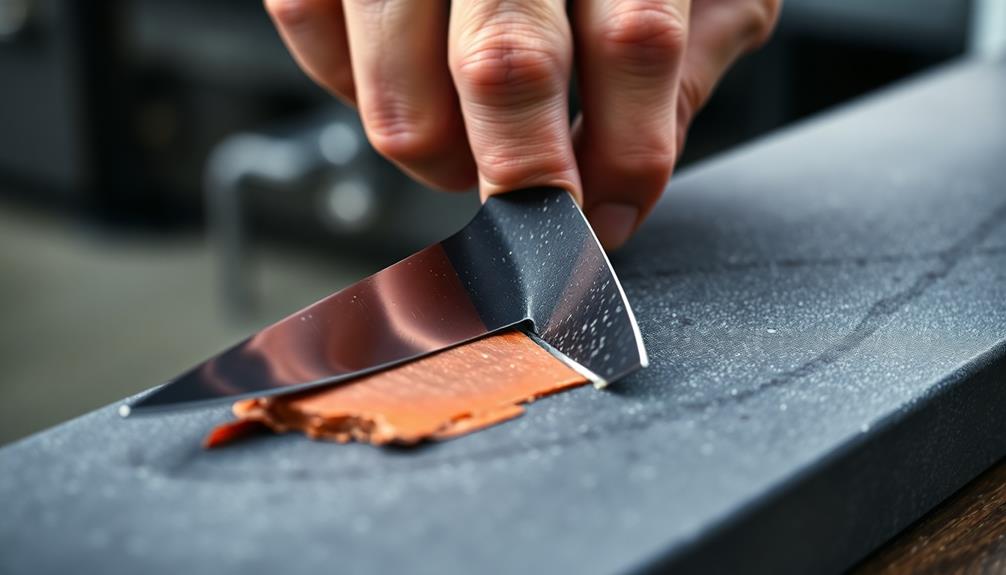
By maintaining a consistent sharpening angle, you'll ensure your knife's edge remains keen and effective. When you sharpen your knife, it's crucial to keep the blade at the same angle every time. This helps the edge stay nice and sharp, making your knife a joy to use in the kitchen.
Picture yourself gliding the blade along the sharpening stone at a perfect 20-degree angle. Feel the smooth, rhythmic motion as you carefully work the edge. It's important to keep the angle consistent, moving the knife in long, even strokes. This way, you'll gradually refine the edge, sharpening it to perfection.
Staying focused on that consistent angle takes some practice, but it's well worth the effort. Your knife will slice and chop with ease, making food prep a breeze.
Plus, a consistently sharp blade is safer to use – it'll glide through ingredients without slipping or skipping. So, keep that angle true, and enjoy the convenience of a super-sharp knife!
Step 5. Hone the Blade Gently
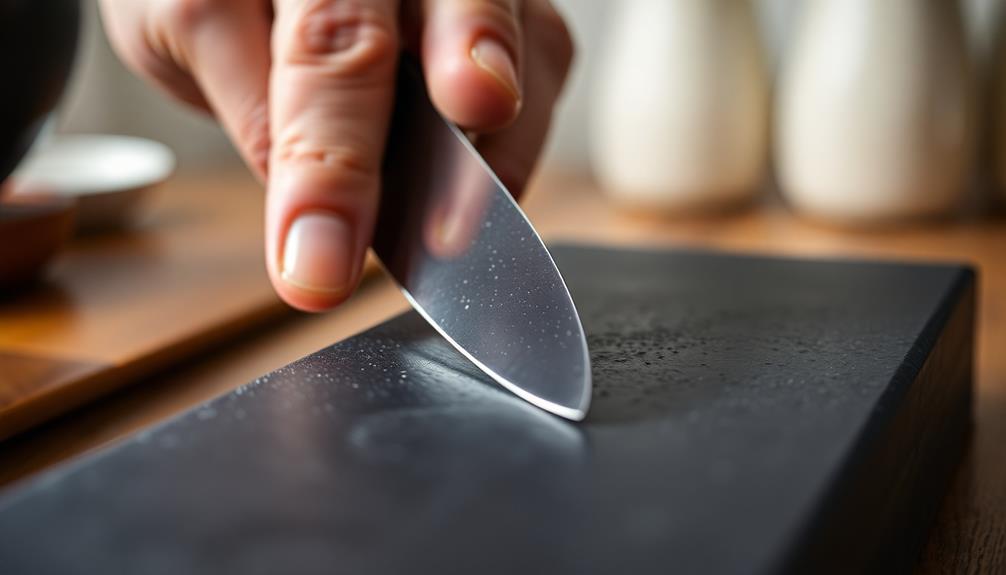
Gently hone the blade of your knife after each use to maintain its sharp edge. Use a honing steel – that's the long, skinny metal rod you might've seen chefs using.
Carefully draw the blade along the honing steel at a 20-degree angle, making 10-15 strokes on each side. You'll feel the blade gliding smoothly across the steel, almost like it's dancing! This realigns the edge of your knife, keeping it razor-sharp and ready for your next cooking adventure.
Be gentle, move slowly, and keep the angle consistent. You don't want to damage the blade.
After honing, give the knife a quick wipe down to remove any metal filings. Then it's ready to slice, chop, and dice with ease! Honing only takes a minute, but it makes a big difference. Your knife will feel brand new every time you use it.
Get in the habit of honing after each use, and your trusty blade will last for years to come.
Final Thoughts
Knife sharpening is an essential skill that can elevate your culinary experience.
With a sharp knife, you'll find chopping, slicing, and dicing a breeze. Imagine the satisfaction of gliding through thick-skinned vegetables or tender meats with ease, rather than struggling with a dull blade.
Remember, a well-cared-for knife is a joy to use.
It's like having a trusty sidekick in the kitchen, ready to assist you in creating delicious meals. Maintain your knives, and they'll reward you with years of faithful service. With sharp knives and the right tools at hand, meal prep becomes smoother and more enjoyable, allowing you to focus on creativity in the kitchen. Whether you’re chopping ingredients for a fresh salad or preparing vegetables for slow cooker meal ideas, the quality of your knife can make all the difference. A little maintenance today can save you time and frustration down the road, ensuring your cooking experience stays enjoyable.
Frequently Asked Questions
How Often Should I Sharpen My Kitchen Knives?
You should sharpen your kitchen knives every 6-12 months, depending on how frequently you use them. Regular sharpening will keep your blades sharp and help them last longer, ensuring they're always ready for your cooking tasks.
What Are the Best Tools to Sharpen Knives?
The best tools to sharpen your knives include manual knife sharpeners, electric knife sharpeners, whet stones, and professional sharpening services. Consider your budget, skill level, and the frequency of sharpening when choosing the right tool for your needs.
Can I Sharpen My Knives With a Grinder or Power Tool?
You can sharpen your knives with a grinder or power tool, but it requires skill and care to avoid damaging the blade. It's generally better to use a manual sharpener or have your knives professionally sharpened.
How Do I Sharpen Serrated Knives?
To sharpen serrated knives, you'll need a specialty sharpener or a small file. Carefully run the tool along the serrated edges, following the existing angle. Take your time and don't apply too much pressure to avoid damaging the blade.
What Should I Do if My Knife Is Damaged?
If your knife is damaged, don't try to sharpen it. Instead, you should take it to a professional knife sharpener who can properly assess the damage and repair or replace the blade as needed.
